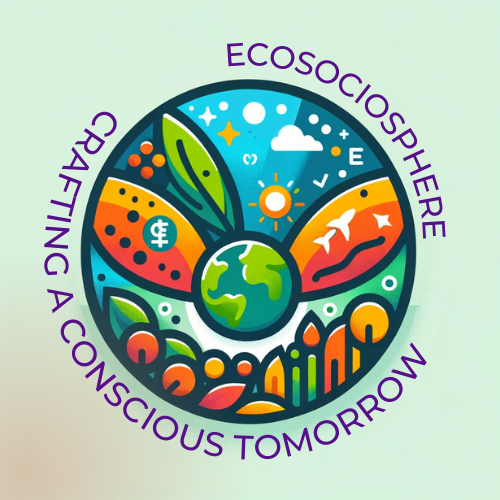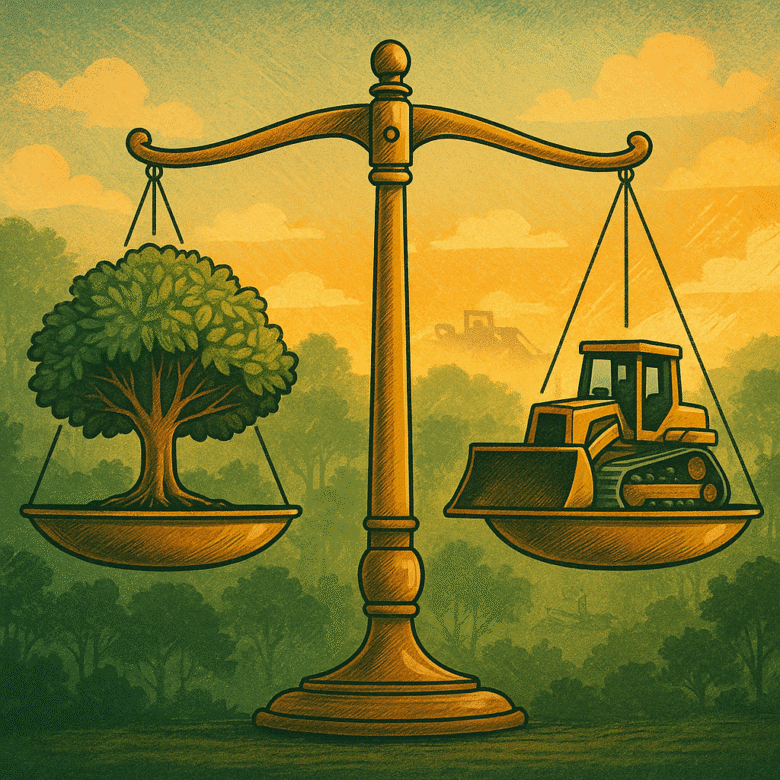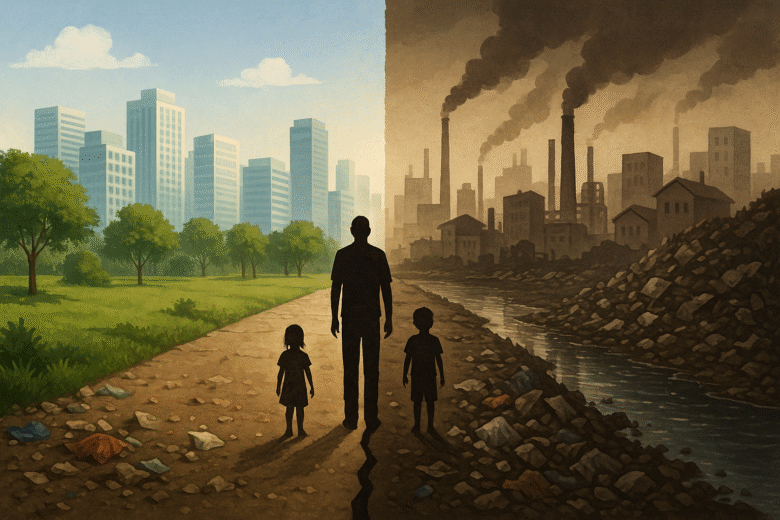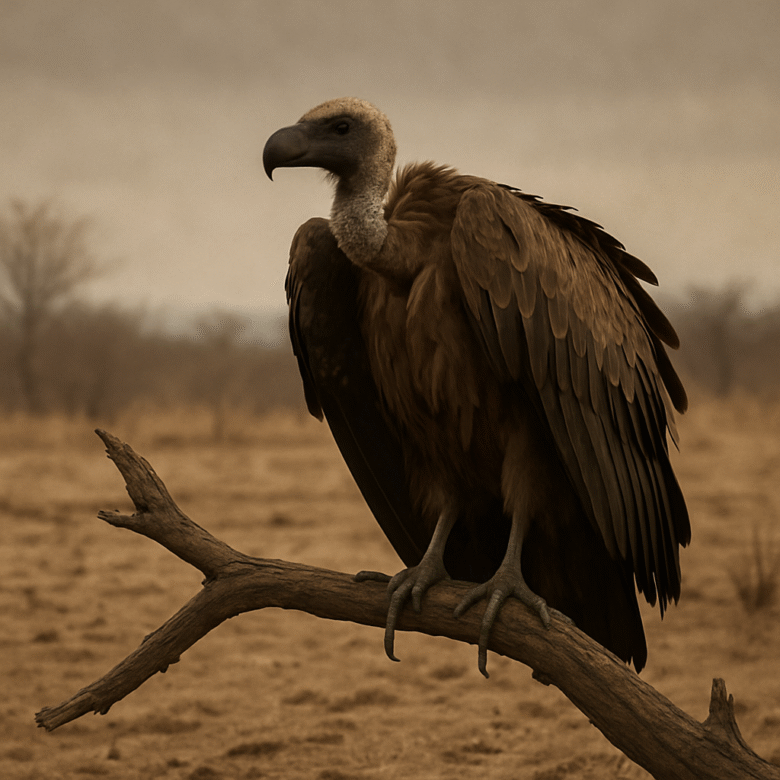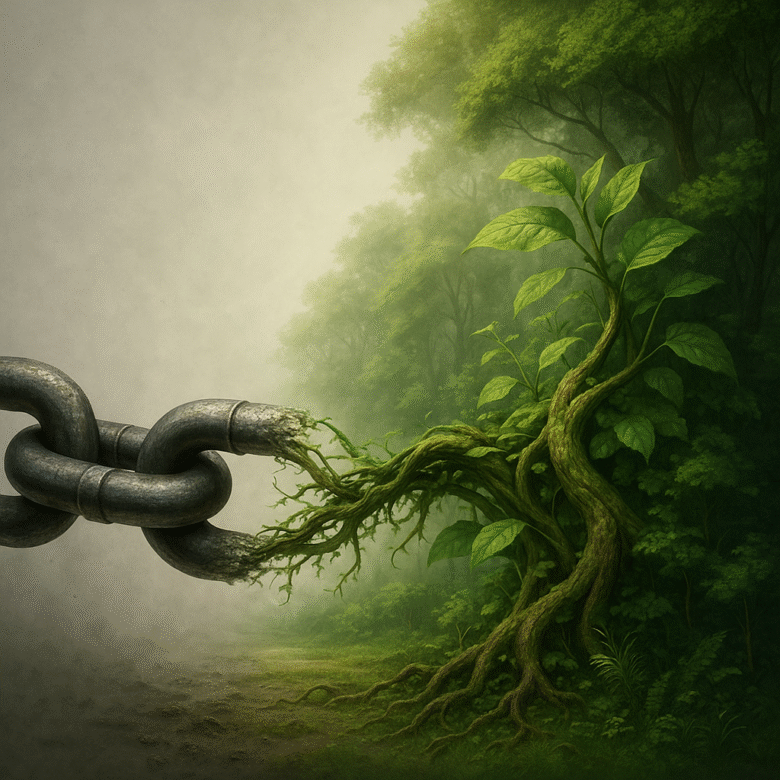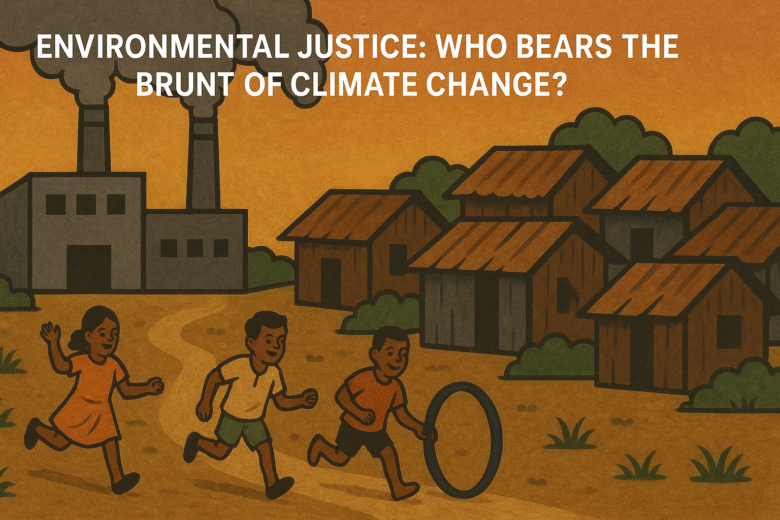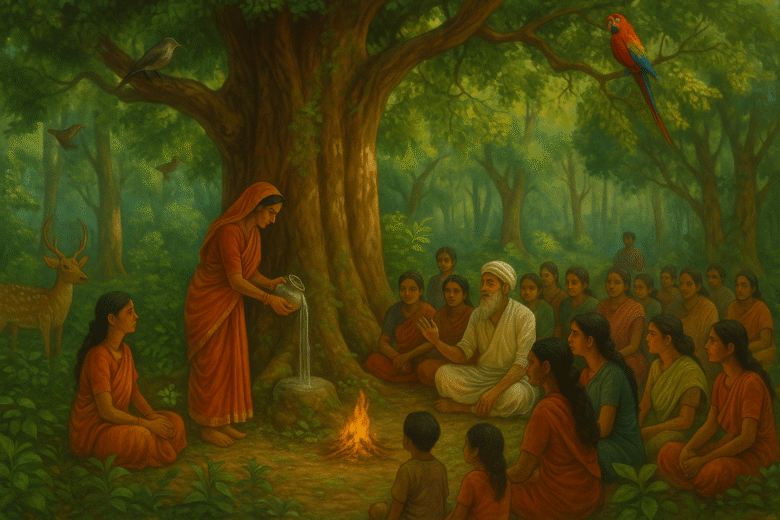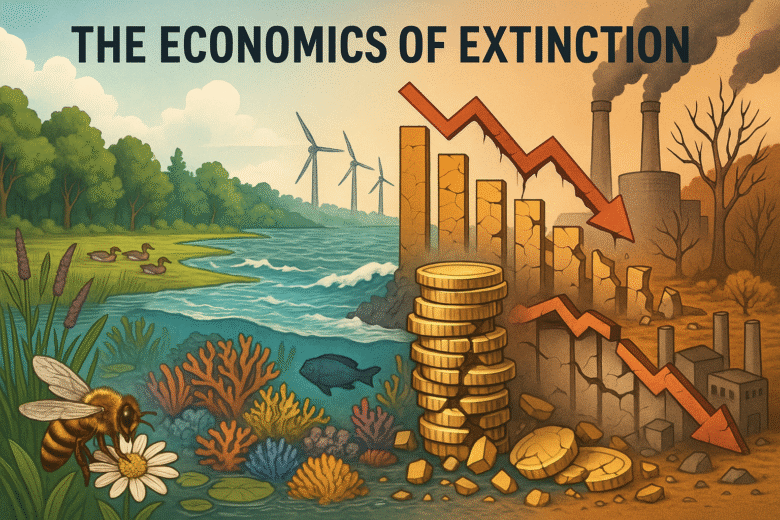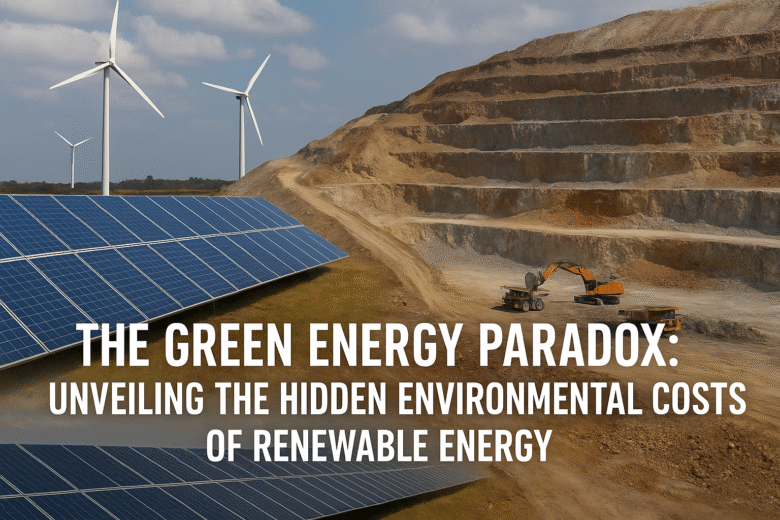Fun fact: Indigenous and forest-dwelling communities steward lands that hold up to eighty percent of the world’s remaining biodiversity. That stark number underlines why Forest Guardians vs. Bulldozers is not a metaphor but a real struggle of land, rights, and identity. When bulldozers roar through a forest, the very people who have defended those ecosystems …
Month: September 2025
Fun fact: In many cities, adults in poorer neighbourhoods breathe twice the particulate pollution of people in richer areas. In “Ecological Apartheid”, I explore a haunting pattern: poor and marginalized communities forced to live beside dumps, factories, and polluted rivers, while the wealthy retreat to clean, green enclaves. This is not an accident—it is structural. …
Fun fact: At one point, India’s vultures cleaned up more carcasses each year than the population of several small nations. In “The Vulture Catastrophe”, we confront the tragic irony: a drug meant to heal cattle instead poisoned one of India’s most vital clean-up crews. The vultures vanished. In their absence, hidden threats lurked, diseases rose, …
Fun fact: Each year, humanity clears or degrades habitat equivalent to about 30 football fields every minute—a staggering erasure of life. When “When Biodiversity Dies, We Die: The Hidden Chains That Break First” becomes not a slogan but our reality, we must look at what fractures first. The collapse starts with invisible links: pollinators, microbes, …
Fun fact: the eruption of Mount Pinatubo in 1991 cooled the planet by about 0.5 °C for a year—proof that nature itself can “geoengineer.” Welcome to Geoengineering – Plan B or Pandora’s Box? where we probe one of the boldest and riskiest ideas: deliberately hacking the climate. As climate targets drift further out of reach, …
Fun fact: India just overtook China to become the most populous country in the world, joining a planet now home to over 8 billion human beings. 8 Billion and Counting: Population, Consumption, and the Planet’s Future explores why this milestone matters very much—not just in terms of numbers, but in how those people live, what …
Fun fact: the world’s 74 lowest-income countries account for only about 10% of greenhouse gas emissions, yet they are among those hit hardest by climate disasters. Environmental Justice: Who Bears the Brunt of Climate Change? seeks to dig into why the poorest and most vulnerable often suffer first and worst—and what that says about fairness, …
Fun fact: Indigenous peoples manage or influence lands that hold about 80% of Earth’s biodiversity, even though they represent only a small fraction of the world’s population. The New Environmental Stewards: Indigenous Knowledge in Conservation is about what those communities teach us about protecting nature—and why ignoring their voices is both foolish and costly. From …
Fun fact: nature delivers services worth an estimated US$150 trillion a year—roughly double the world’s GDP. That’s the scale of what we stand to lose when ecosystems collapse. Welcome to The Economics of Extinction, where we explore what happens to human lives, businesses, and whole economies when the buzz of bees, the protection of wetlands, …
Fun fact: it takes almost 1.9 million litres of water to produce just one tonne of lithium — enough water to fill nearly 760 average bathtubs! Welcome to The Green Energy Paradox, where our dream of clean solar panels, wind turbines, and electric cars hides a darker, messy reality. We need these technologies for a …
